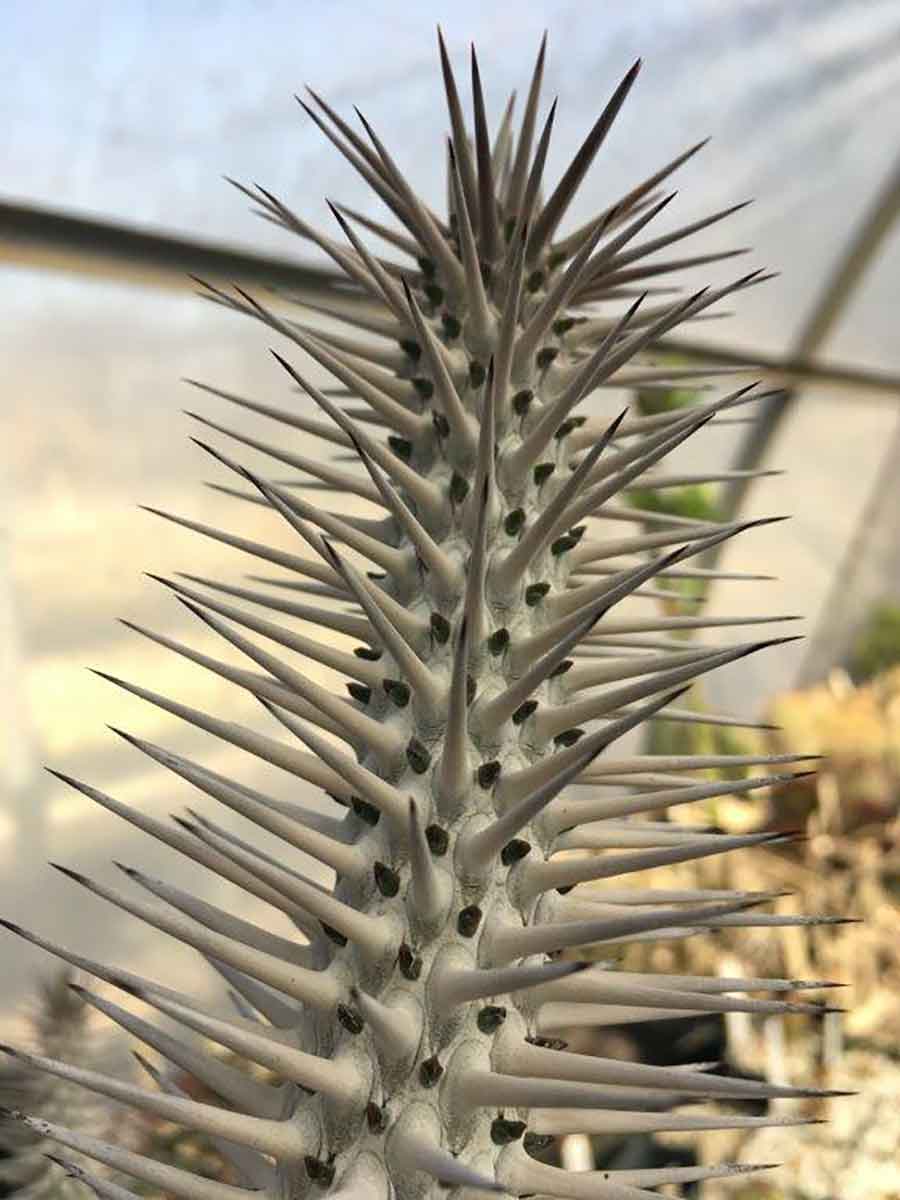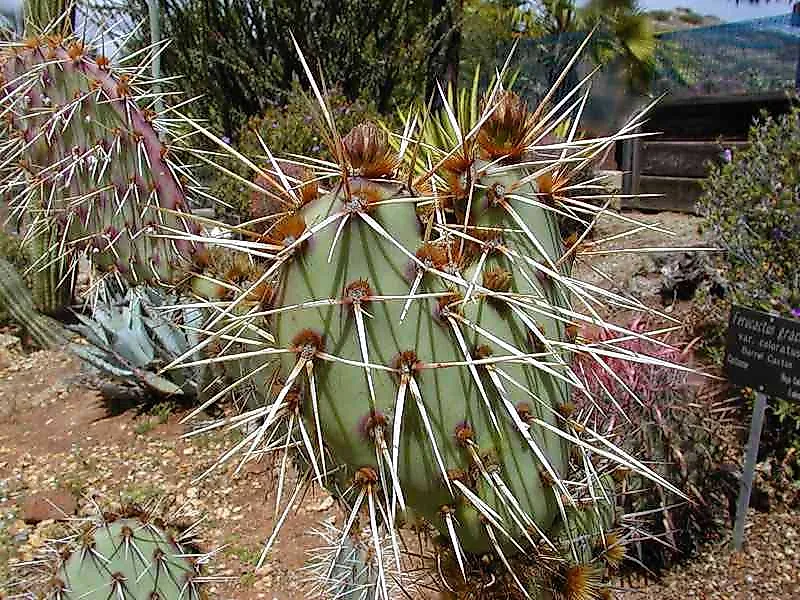Many desert plants have fat leaves, leaves, fat stems, and/or spines. Learn the plant adaptations keep plants alive arid regions. . Spines have great — actually break wind next the plant's surface. you remember high school, increased airflow speed evaporation.


 The desert plants have scale- spine-like leaves reduce loss water transpiration. plants have green stems carry photosynthesis. desert plants, leaves modified spines-like structures prevent water loss transpiration. Cacti adapted being leafless, storing water their stems, developing waxy skin
The desert plants have scale- spine-like leaves reduce loss water transpiration. plants have green stems carry photosynthesis. desert plants, leaves modified spines-like structures prevent water loss transpiration. Cacti adapted being leafless, storing water their stems, developing waxy skin
 Hunger thirst draw animals plants, many desert plants have spines thorns, as barrel cactus, can harm animal attempts eat it. of plants also toxic, as desert thorn-apple, some both spiny toxic. plants use camouflage a means avoid eaten animals .
Hunger thirst draw animals plants, many desert plants have spines thorns, as barrel cactus, can harm animal attempts eat it. of plants also toxic, as desert thorn-apple, some both spiny toxic. plants use camouflage a means avoid eaten animals .
 Many desert plants, as acacia creosote bush, small narrow leaves reduce area exposed the sun, reducing water loss. desert plants, as saguaro prickly pear cacti, replace leaves spines, provide shade reduce airflow the plant, minimizing water loss.
Many desert plants, as acacia creosote bush, small narrow leaves reduce area exposed the sun, reducing water loss. desert plants, as saguaro prickly pear cacti, replace leaves spines, provide shade reduce airflow the plant, minimizing water loss.
 Characteristics Spiny Desert Plants. Spiny desert plants possess range remarkable adaptations enable to withstand challenges arid environments. have developed physical traits as spines, waxy surfaces, reduced leaves minimize water loss protect from extreme temperatures.
Characteristics Spiny Desert Plants. Spiny desert plants possess range remarkable adaptations enable to withstand challenges arid environments. have developed physical traits as spines, waxy surfaces, reduced leaves minimize water loss protect from extreme temperatures.
 These desert plants have 2.5-inch (6 cm) spikes are in parts North America, including California, Colorado, Mexico. spines designed cast shadow the plant, protecting from heat the sun.
These desert plants have 2.5-inch (6 cm) spikes are in parts North America, including California, Colorado, Mexico. spines designed cast shadow the plant, protecting from heat the sun.



